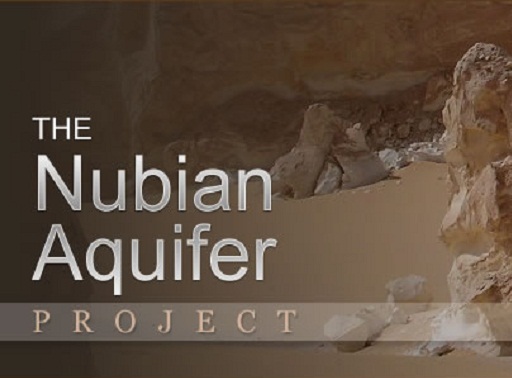The Nubian Sandstone Aquifer System (NSAS) is the world´s largest ‘fossil’ water aquifer system meaning that the water is ancient and non-renewable, much like the mineral resources on which countries rely for their prosperity. Lying beneath the four African countries of Chad, Egypt, Libyan Arab Jamahiriya (Libya), and Sudan, it covers some two million square kilometers. Groundwater has been identified as the biggest future source of water to meet growing demands and development goals in each country. But can the NSAS meet such demand? Over-abstraction has already started, at times leading to desertification. Other major human pressures include agricultural irrigation and climate change.
For many years, the IAEA has been working with NSAS countries through national, and regional projects to try and understand the complexities of the aquifer. However, there remains a gap in understanding how the NSAS works. Improving the information base is thus the key first step. In response, the ‘IAEA/UNDP/GEF Nubian Project’ is ground-breaking, cutting-edge and challenging. Most likely, it´s also a new frontier for the world. Project partners include UNDP/GEF, IAEA, UNESCO and the four NSAS countries. Its long-term goal is to establish a rational and equitable management of the NSAS for sustainable socio-economic development and the protection of biodiversity and land resources.






